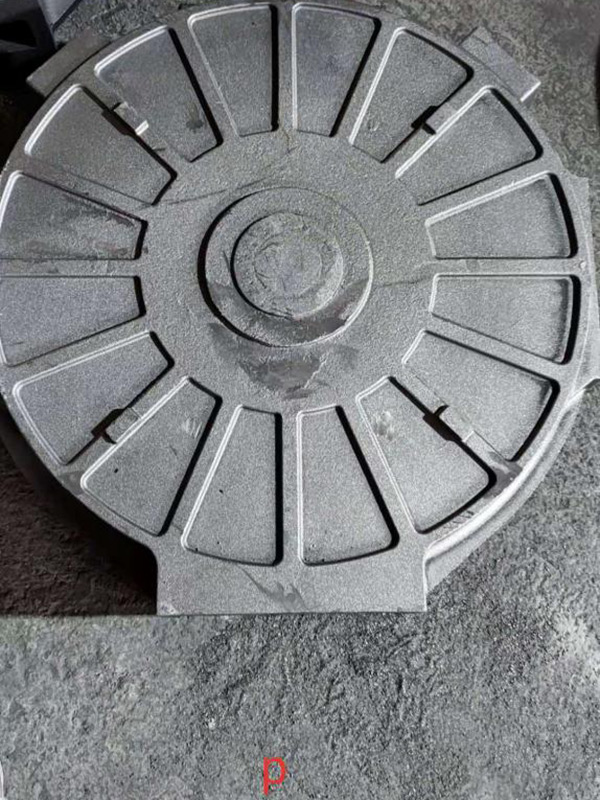

The cooling and solidification stage is where the sand casting procedure demands patience and precision. The cooling rate impacts the metallurgical properties of the metal; a slower cooling rate can lead to a refined grain structure, enhancing the strength of the final product. Expertise in thermodynamics is valuable here, as understanding the solidification dynamics can lead to improved performance of the cast component. Finally, once the metal has cooled and solidified, the mold is broken away to reveal the cast product. After casting, processes such as fettling, grinding, and surface finishing prepare the item for its intended use. A thorough inspection using non-destructive testing methods, such as X-ray or ultrasonic inspection, ensures that the product meets stringent quality standards. From an authoritative perspective, the sand casting procedure is supported by a wealth of industrial standards and guidelines which manufacturers must comply with to ensure product reliability and safety. Each step in the process – from pattern making to final inspection – demands a blend of skill, experience, and adherence to proven practices. In terms of trustworthiness, sand casting is a time-honored manufacturing process with centuries of refinement. Continuous advancements in materials science, computational simulation, and process automation have propelled it to the forefront of modern engineering. Its adaptability to different metals and alloys makes it an invaluable technique for producing parts ranging from small components to large scale industrial machinery. In conclusion, the sand casting procedure is a complex interplay of art and science. Its successful execution hinges on deep experiential knowledge, technical expertise, and rigorous quality control practices. For organizations that adhere to these principles, the result is a robust, high-quality product that stands the test of time, furthering the trust that industries place in this venerable casting technique. Post time:Februari . 15, 2025 12:11
Next:sand casting metal process
